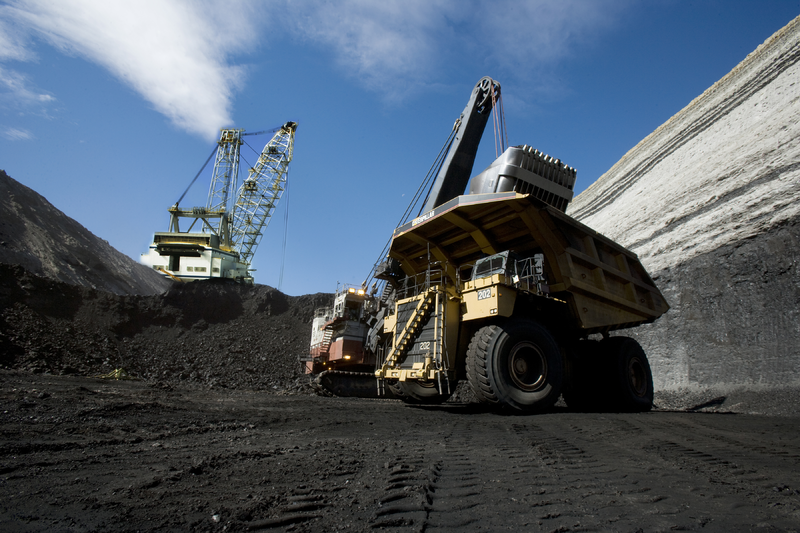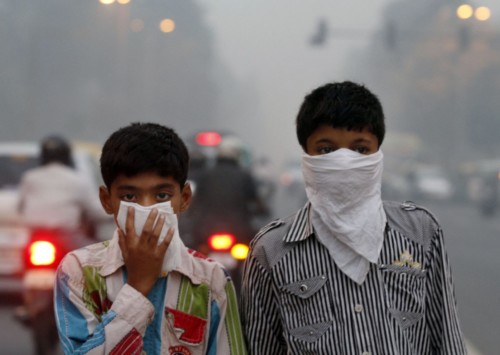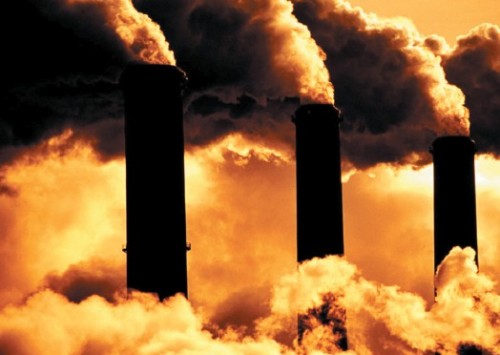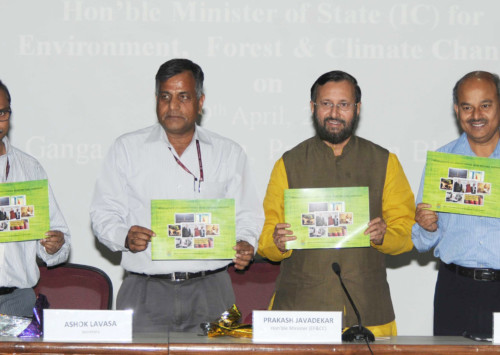Rising coal quarrying in India

As per industry experts, one of the primary reasons for increased coal mining in India is the country’s persistent efforts to supply electricity to more of its underprivileged
After coal mining witnessed a setback last year, India – which stands amongst the biggest coal users in the world along with China and the United States of America (US), has boosted scooping out the black rock in 2017; in the time when carbon emissions are already pushing climate change across the world.
World’s biggest coal users — India, China and the US, have boosted coal mining in 2017, back-pedaling to a magnified use of the rock after a downward trend in the use of the carbon-heavy fossil fuel in recent years.
The three countries together dig approximately two-third of the coal mined worldwide and produce around half of global greenhouse gas emissions, with India and China also importing coal to meet increasing demands. So much so, India’s coal production expanded even during coal’s global downturn.
According to a mining data reviewed by The Associated Press – an American multinational news agency, collective coal production by these countries through May this year is up by at least 121 million tons, as compared to the same period last year.
As per industry experts, one of the primary reasons for this increase in India is the country’s persistent efforts to supply electricity to more of its underprivileged and thus the use of coal in the country will continue to grow.
In India, about 68 pc of electricity is generated from coal and the country states that it has the responsibility to extend electricity access to millions who are still deprived. Furthermore, India is also working to minimise its reliance on imported coal by mining more of its own reserves – mining among state-owned companies, which comprise the overwhelming majority of the nation’s production, grew 4 pc in the first five months in 2017.
Greenhouse emissions driving climate change
Though India holds a strong ambition for sustainable development, burning coal for power and manufacturing is a chief source of carbon dioxide emissions that are forcing climate changes – with coal accounting for almost half of greenhouse emissions from burning fossil fuels, according to the Global Carbon Project.
According to Benjamin Sporton, chief executive officer, World Coal Association, it has been difficult few years for coal but argued that the market remains strong, particularly in China and India.
However, India had confirmed that it will take major steps to contribute to the climate action which will include reducing emission intensity by 35 pc, building 40 pc capacities for power generation from non-fossil fuels and creating additional carbon sink of 2.5 billion tonnes.
Following the lines, the government cancelled 13.7 gigawatts coal-powered plants and declared that power from some solar installations should be used first when demand goes up.
Yet, according to analysts, the country is struggling to adjust with its growth in electricity production capacity, outstripping the rise in demand and as a result, the power plants are running at below 60 pc of capacity on average — down since 2009, when India was using 75 pc of its capacity.












